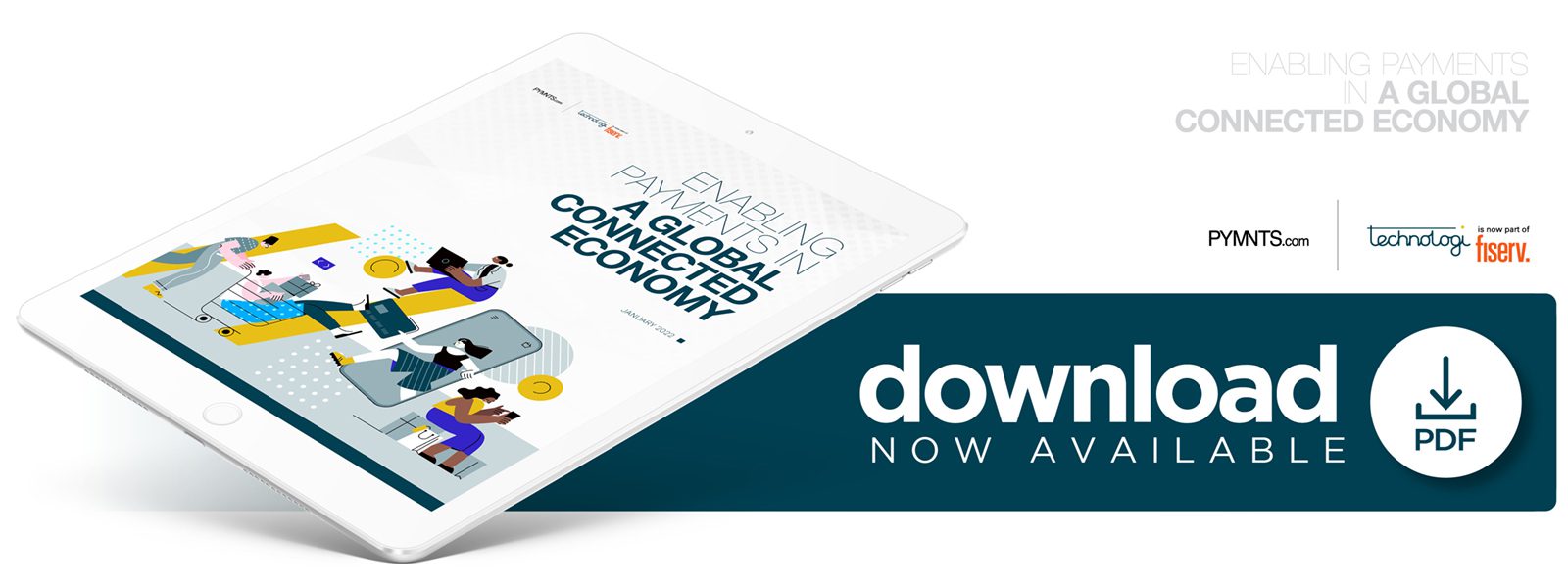North American Bancard on Why Merchants Should Focus on User Experience

One of the biggest challenges facing merchants today is the battle between simplicity, security and functionality, according to Jim Parkinson, chief experience officer at North American Bancard. Merchants may want to implement technology upgrades that simplify sending and receiving payments, but high costs are involved in improving payment processes. This can slow or even halt digital transformation.
“More than ever, merchants don’t want to change things because of the cost of training their staff, potential downtime and other impacts to the business,” he said. “We always have to keep in mind that speed and simplicity are critical at the point of sale.”
There is also the matter of process complexity, even when the right technical point-of-sale (POS) features are available. Merchants, especially smaller ones, do not necessarily want to manage the bells and whistles accompanying advanced solutions.
“A lot of smaller merchants just want to get their money, and they don’t want to deal with the PCI [compliance], fraud protection or a lot of features that POS devices may provide,” Parkinson explained. “While the days of the analog device are long gone, unfortunately, many merchants crave the simplicity of those devices.”
Merchants also face external pressure from consumers accustomed to seamless payments online, Parkinson said. Those that want to remain competitive will have to balance their customers’ preferences for simple payments with their own needs for comprehensive POS features.
“While the industry continues to evolve and provide safer and more full-function products at an affordable price, merchants are challenged by added functionality,” he said. “The brands and issuers have to do a better job with the numberless card, contactless support and less-complex return processes. As features like loyalty, pay as you go, contactless and other advanced features roll out, it puts pressure on the POS to provide those features in a simple, easy-to-access and manageable way.”
Parkinson believes that how merchants and consumers define “easy” payments may be vital to making user experiences better for both parties. He said there is a connection between the simple payment experiences consumers want and the easy but robust payment solutions merchants seek: a focus on transparency.
“As consumers get more and more choices, the speed and accuracy at time of purchase becomes critical,” he said. “In the future, seamless will be defined as transparent. Merchants that embrace some of the new touchless and card-on-file technologies will create that transparent purchasing experience.”
Brick-and-mortar merchants, in particular, are challenged to create more positive experiences pre- and post-sale than their online competitors, Parkinson explained. This makes it crucial for them to adopt key features such as stored value cards, contactless options, cards on file and self-checkout.
“POS technology is experiencing what we call in computing ‘the waves of innovation,’” he said. “These waves will evolve to provide a superior experience for buyers and merchants [or] suppliers that can blend these waves of technology into a very fast and very personal interactive experience that will win the consumers. This creates the opportunity for brick-and-mortar merchants to bring people back into the stores and off the web. If the experience is fun, safe and very customized, it changes the game.”
